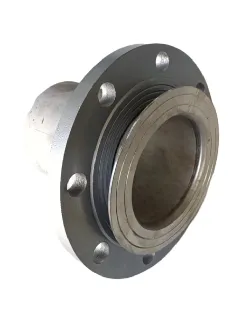loading...
- No. 9, Xingyuan South Street, Dongwaihuan Road, Zaoqiang County, Hengshui, Hebei, China
- admin@zjcomposites.com
- +86 15097380338
- Welcome to visit our website!
sectional water tanks
Understanding Sectional Water Tanks A Comprehensive Overview
Sectional water tanks, also known as modular water tanks, are increasingly popular in various applications, ranging from residential buildings to industrial facilities. These tanks are designed using individual sections or panels, which can be assembled on-site to create a larger storage system. This flexibility in design and installation is one of the primary reasons for their growing use.
One of the key advantages of sectional water tanks is their versatility. They can be constructed from various materials, including fiberglass, concrete, stainless steel, and polyethylene. This allows users to choose the best option that fits their specific needs and environmental conditions. For instance, fiberglass tanks are known for their corrosion resistance, making them ideal for industrial applications where chemical exposure may occur. Conversely, stainless steel tanks offer durability and cleanliness, making them suitable for potable water storage.
Another significant benefit of sectional water tanks is their space-saving design. Since they can be assembled on-site, they require less space during transportation and can be adapted to fit various site constraints. This is particularly advantageous in urban areas or locations with limited access, where traditional tank systems may not be feasible.
sectional water tanks

Moreover, sectional water tanks can be easily expanded or modified to accommodate changing demands. As communities grow or industrial operations expand, the need for additional water storage might arise. Traditional water tanks often lack this flexibility, leading to increased costs and logistical challenges. Sectional tanks, on the other hand, can be swiftly expanded by simply adding more sections, ensuring that water supply keeps pace with demand.
Another factor contributing to the popularity of sectional tanks is their ease of maintenance. Due to their modular nature, any damaged section can be replaced without the need to drain the entire tank. This maintenance efficiency results in reduced downtime and lower operational costs for businesses and homeowners alike.
When considering the installation of a sectional water tank, proper site assessment is crucial. The foundation must be stable and appropriately graded to support the tank's weight when filled. Additionally, access for installation and future maintenance should be considered to ensure long-term functionality.
In conclusion, sectional water tanks are a practical and flexible solution for water storage across various sectors. Their modular construction, material options, space-saving design, ease of modification, and maintenance efficiency make them a preferred choice for many applications. As the demand for efficient and adaptable water storage solutions grows, sectional water tanks are poised to play a pivotal role in meeting these needs. Whether for household use, firefighting, or industrial processes, their benefits are undeniable, marking them as an essential element in modern water management strategies.
-
Transform Your Spaces with FRP Grating SolutionsNewsNov.04,2024
-
The Versatility and Strength of FRP RodsNewsNov.04,2024
-
The Excellence of Fiberglass Water TanksNewsNov.04,2024
-
The Benefits of FRP Grating for Your ProjectsNewsNov.04,2024
-
Elevate Your Efficiency with FRP Pressure VesselsNewsNov.04,2024
-
Welcome to the World of FRP Pressure VesselsNewsOct.12,2024
-
Unveiling the Future of Filtration: Why FRP Filter Vessels are a Game ChangerNewsOct.12,2024
